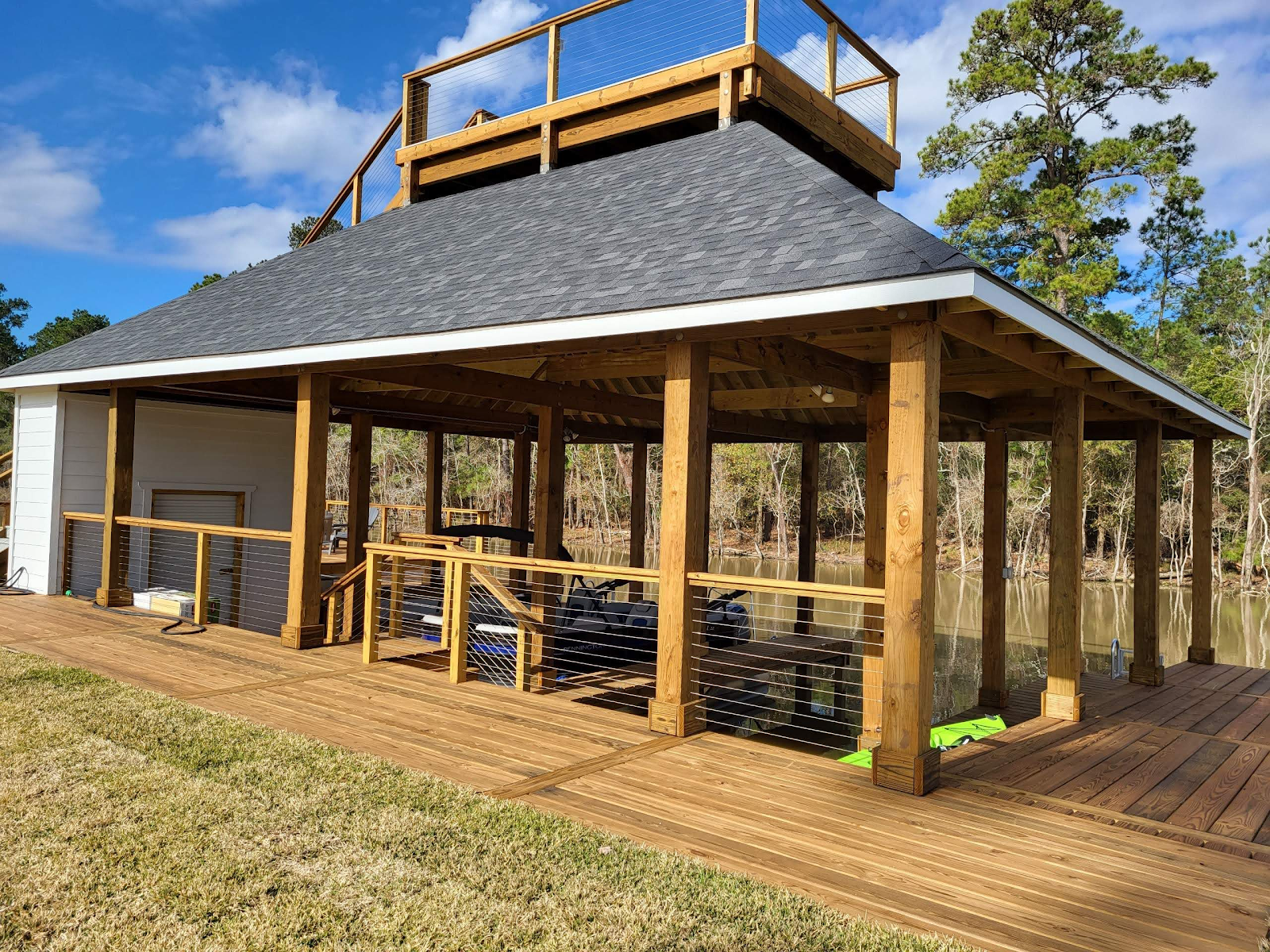Passive House Melbourne: Cutting Energy Costs and Emissions
- Get link
- X
- Other Apps
In the heart of Melbourne, a city known for its dynamic culture and innovation, a quiet revolution is taking place in the way homes are built and lived in. This revolution is centered around the concept of the Passive House—a building standard that is reshaping our approach to energy efficiency and environmental sustainability. Passive House Melbourne is not just a trend; it’s a movement that promises to cut energy costs and emissions significantly, making homes more comfortable and environmentally friendly.
Understanding the Passive House Standard
The Passive House (Passivhaus) standard originated in Germany in the late 1980s and has since become a benchmark for energy-efficient building design worldwide. A Passive House is designed to maintain an exceptionally high level of indoor comfort with minimal energy use. This is achieved through meticulous attention to five key principles:
- High Insulation: Thick, high-quality insulation reduces heat loss in winter and keeps heat out in summer, maintaining a stable indoor temperature year-round.
- Airtight Construction: By minimizing gaps and leaks, Passive Houses prevent uncontrolled air movement, which can lead to energy loss and discomfort.
- Thermal Bridge-Free Design: Eliminating thermal bridges—areas where heat can bypass insulation—ensures that the house retains heat more effectively.
- High-Performance Windows: Triple-glazed windows with low-emissivity coatings minimize heat transfer, contributing to the home's overall energy efficiency.
- Heat Recovery Ventilation: Mechanical ventilation with heat recovery ensures a constant supply of fresh air without significant energy loss.
Benefits of Passive House Living
Living in a Passive House in Melbourne offers a multitude of benefits. First and foremost, these homes drastically reduce energy consumption. Traditional homes lose heat through poor insulation, drafty windows, and inefficient heating systems. In contrast, a Passive House consumes up to 90% less heating and cooling energy compared to conventional buildings. This translates into substantial savings on energy bills, making it a financially sound choice in the long run.
Additionally, Passive Houses provide superior indoor air quality. The heat recovery ventilation system continuously filters and circulates fresh air, reducing allergens, pollutants, and humidity levels. This creates a healthier living environment, which is particularly beneficial for individuals with respiratory conditions or allergies.
The Environmental Impact
The environmental benefits of Passive Houses are equally impressive. By drastically cutting energy consumption, these homes reduce greenhouse gas emissions. In a city like Melbourne, where urban sprawl and energy demands are on the rise, adopting the Passive House standard can play a crucial role in mitigating climate change.
Moreover, Passive Houses often use sustainable building materials and construction practices, further reducing their environmental footprint. The emphasis on airtight construction and high insulation also means that Passive Houses are more resilient to extreme weather conditions, contributing to their durability and longevity.
Passive House Design in Melbourne
Designing a Passive House in Melbourne involves adapting the principles of the Passive House standard to the local climate. Melbourne’s climate is characterized by moderate to hot summers and mild to cool winters, with significant temperature variations throughout the year. Therefore, Passive House designs in Melbourne focus on maximizing solar gain in winter while minimizing overheating in summer.
Architects and builders in Melbourne incorporate various strategies to achieve this balance. For example, the orientation of the house is carefully planned to take advantage of natural sunlight during the winter months while providing shading during the summer. High-performance windows are strategically placed to optimize daylighting and ventilation.
The choice of building materials is also crucial. In Melbourne, materials with high thermal mass, such as concrete or brick, are often used to store heat during the day and release it at night, helping to regulate indoor temperatures. Additionally, green roofs and walls can be incorporated to further enhance insulation and provide natural cooling.
Case Studies: Passive Houses in Melbourne
Several Passive House projects in Melbourne exemplify the success and viability of this building standard. One notable example is the Cape Paterson Eco Village, which includes a range of Passive House-certified homes. These houses feature advanced insulation, airtight construction, and high-performance windows, resulting in energy savings of up to 90% compared to conventional homes.
Another example is the award-winning Nightingale 2.0 project in Brunswick. This multi-residential building adheres to Passive House principles, providing residents with comfortable, energy-efficient living spaces. The project emphasizes community and sustainability, with shared gardens, rainwater harvesting, and solar panels.
Challenges and Solutions
Despite the numerous benefits, building a Passive House in Melbourne does come with its challenges. One of the primary obstacles is the initial cost. High-quality materials and advanced construction techniques required for Passive Houses can be more expensive upfront than traditional building methods. However, this initial investment is offset by long-term savings on energy bills and maintenance costs.
Another challenge is the need for specialized knowledge and skills. Designing and constructing a Passive House requires a deep understanding of building physics, energy modeling, and airtight construction techniques. To address this, Melbourne has seen a growing number of architects and builders who are certified in Passive House design and construction. Organizations such as the Australian Passive House Association offer training and certification programs to ensure that professionals have the necessary expertise.
Government and Community Support
Support from government and community organizations is crucial for the widespread adoption of Passive Houses in Melbourne. Local government policies that incentivize energy-efficient building practices, such as grants, rebates, and streamlined permitting processes, can encourage more homeowners and developers to choose Passive House construction.
Community awareness and education are also essential. Public workshops, tours of Passive House projects, and informational campaigns can help residents understand the benefits and feasibility of Passive Houses. As more people become aware of the advantages, the demand for these energy-efficient homes is likely to increase.
The Future of Passive Houses in Melbourne
The future of Passive Houses in Melbourne looks promising. As the city continues to grow and evolve, there is a clear need for sustainable and energy-efficient housing solutions. The Passive House standard provides a proven, effective way to meet this need, offering homes that are not only environmentally friendly but also comfortable and cost-effective.
Technological advancements are likely to further enhance the appeal of Passive Houses. Innovations in building materials, smart home systems, and renewable energy integration can make Passive Houses even more efficient and user-friendly. For instance, combining Passive House design with solar power and battery storage can create homes that are virtually self-sufficient in terms of energy needs.
Moreover, the concept of Passive House is expanding beyond residential buildings. Commercial and public buildings, such as schools and offices, can also benefit from the energy savings and environmental advantages of the Passive House standard. This broader application can amplify the positive impact on Melbourne’s overall energy consumption and emissions.
Conclusion
Passive House Melbourne represents a significant step forward in the quest for sustainable living. By drastically cutting energy costs and emissions, Passive Houses offer a viable solution to the environmental and economic challenges of modern urban living. The success of this movement depends on continued support from government policies, community awareness, and the dedication of Green Builder Melbourne professionals committed to making sustainable living a reality. As we look to the future, the expansion of Passive House principles across various building types and sectors holds the promise of a greener, more resilient Melbourne.
- Get link
- X
- Other Apps





Comments
Post a Comment